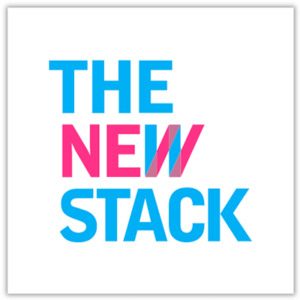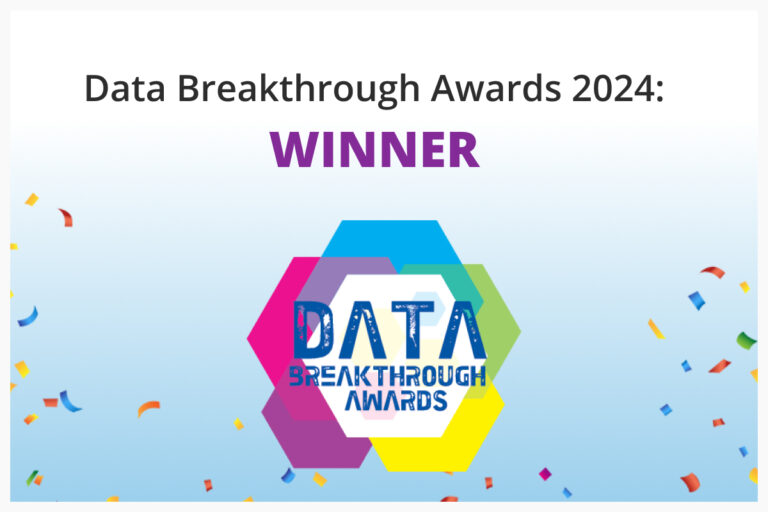
Komprise May Update: Product, People and News
Unstructured data is the untapped reservoir of goodness for many sectors. We found some excellent tactical articles on how to manage and prepare unstructured data for machine learning and AI applications. Here’s our take on intriguing IT infrastructure and data trends reported in the trades, along with our own latest news.
_______________________
What Else to Consider in Data Management Evolution
We talk a lot about modern data management here at Komprise and there’s a lot to pack into that: better managing and leveraging unstructured data, analyzing data for cost-saving insights, and generating automated workflows for specific data sets. This article in MIT Technology Review adds to the narrative with a checklist that includes these tactics: federation of data into a fabric, not centralized or siloed; knowledge is organized by context and tagged by both publishers and subscribers; machine learning automates data engineering tasks and data is measured in economic terms, not accounting terms.
_______________________
Wrangling Unstructured Data
“Getting your data in great shape before you feed it to an algorithm will net you better results and let you get more from your tech,” writes Paul Barba in Datanami. We couldn’t agree more. Part of the advice discusses the importance of metadata in preparing unstructured data for analytics. It should include: document source, date created, author, locations, tags and more. “More metadata makes it easier to sort and filter your data.”
_______________________
Unstructured Data Plus Machine Learning = the Future of Industry
Fern Halper wrote on the topic of unstructured and semi-structured data in AI and ML a few years ago in TDWI. Lo and behold, unstructured data analytics is still relevant and nascent in terms of mainstream adoption. Her examples alone are worth the read:
“Using deep learning, a system can be trained to recognize images and sounds. For instance, a computer can be trained to identify certain sounds that indicate that a motor is failing. Such technology is also being employed to classify business photos for online auto sales or for identifying other products. Image recognition is being put to work in medicine to classify mammograms as potentially cancerous and in genomics to understand disease markers.”
_______________________
Are 3-2-1 Backups Worth It?
Given the importance of data and protecting it from loss, theft or inadvertent damage from user error or system failure, IT organizations typically store three copies of it. Yet as this article in SearchDataBackup spells out, this comes at enormous expense to IT organizations. Backup software licensing is the biggest cost factor, the author explains. Because of this, it’s smart to consider different variations of the 3-2-1 method: “This might include moving an on-premises copy to the cloud to reduce cost or using a more robust 3-2-2 strategy with an additional remote copy.”
_______________________
Komprise News
Silver Stevie© Award Winner
In April, Komprise was honored by the American Business Awards in the Big Data Solutions category. “Komprise is doing a great job helping customers solve for a big challenge – how to manage data at scale,” noted an ABA Stevie Award judge.
_______________________
Komprise in the Media
 Tagging and Metadata
Tagging and Metadata
Our director of product marketing writes about tagging in this eWeek article: “Tagging is the process of adding labels to categorize unstructured data, so users can easily search and find the data they need when they need it. Put simply, it’s adding and enriching the metadata on your data.”
_______________________
Data Modernization
Komprise CEO Kumar Goswami is interviewed by TDWI on modernization strategies for unstructured data: “The old adage — if it ain’t broke don’t fix it — may apply here but to be honest, data management is actually broken and people don’t know it.”
_______________________
Hybrid Cloud Data Management
“You can’t erase the siloed nature of data in a hybrid cloud. It just comes with the territory,” observed our VP of Global Systems Engineering Randy Hopkins in this New Stack article. “What you can do, however, is to take steps to simplify and streamline the way you work with data across the various silos that exist within a hybrid cloud.”
_______________________







